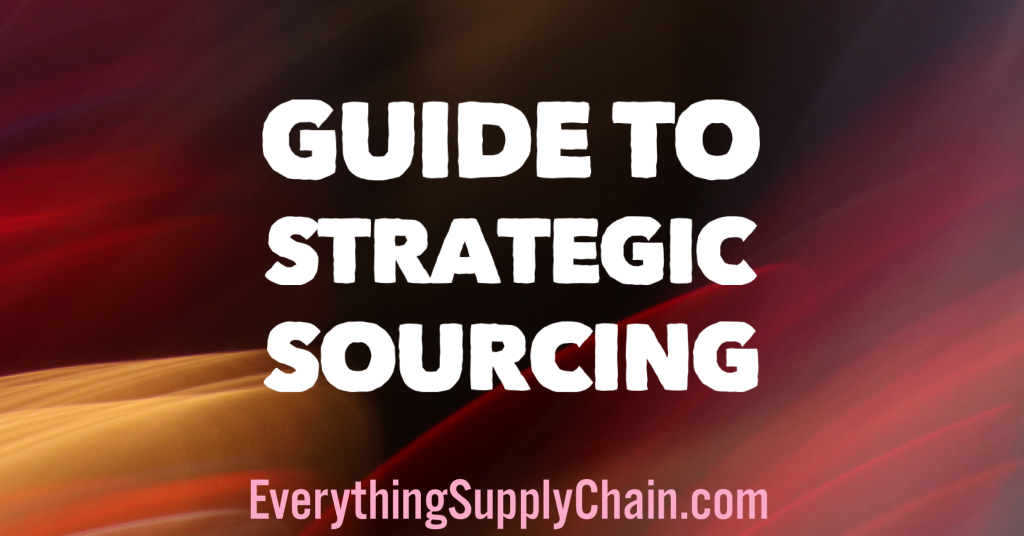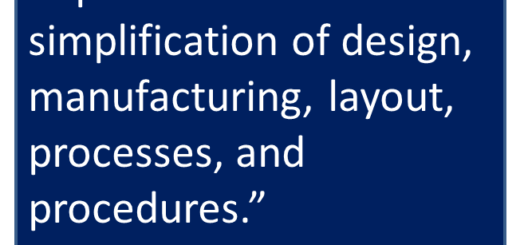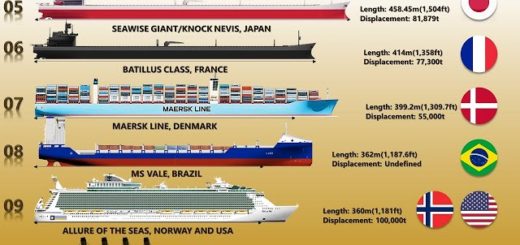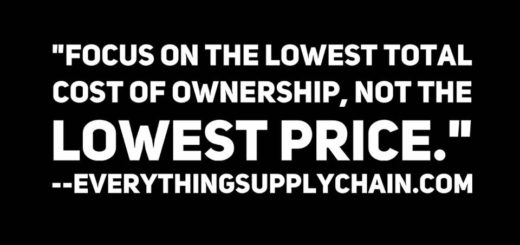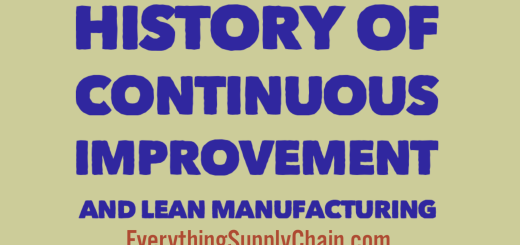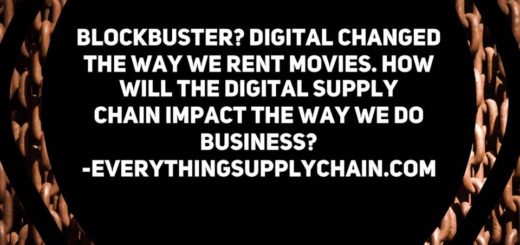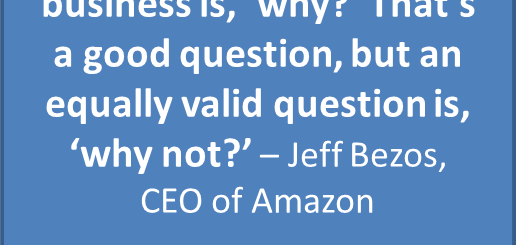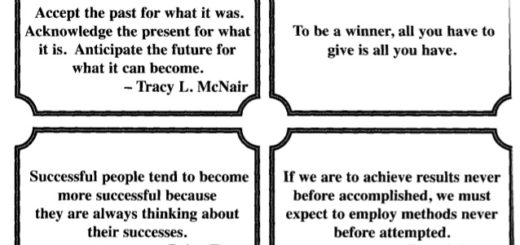Guide to Strategic Sourcing.
Unleash the Power of Strategic Sourcing with the Guide to Strategic Sourcing!
Guide to Strategic Sourcing! Strategic sourcing is a process of analyzing and managing the procurement of goods and services in order to maximize value and minimize costs. It is a comprehensive approach to the acquisition of goods and services that involves analyzing the entire supply chain, from the supplier to the end user. This guide will provide an overview of the strategic sourcing process, including the steps involved, the benefits of strategic sourcing, and the challenges associated with it. We will also discuss best practices for successful strategic sourcing and provide resources to help you get started.
How to Develop a Strategic Sourcing Plan
Developing a strategic sourcing plan is an important step in ensuring that an organization is able to acquire the goods and services it needs in a cost-effective and efficient manner. A strategic sourcing plan should be tailored to the specific needs of the organization and should be regularly updated to reflect changes in the market and the organization’s needs.
Step 1: Assess the Organization’s Needs
The first step in developing a strategic sourcing plan is to assess the organization’s needs. This includes identifying the goods and services that the organization needs, the quantity of each item, and the timeline for when the items need to be acquired. It is also important to consider the quality of the goods and services that are needed and any special requirements that must be met.
Step 2: Research Potential Suppliers
Once the organization’s needs have been identified, the next step is to research potential suppliers. This includes researching the suppliers’ capabilities, pricing, delivery times, and customer service. It is important to consider both local and international suppliers to ensure that the best possible options are being considered.
Step 3: Develop a Sourcing Strategy
Once potential suppliers have been identified, the next step is to develop a sourcing strategy. This includes deciding which suppliers to use, how to negotiate pricing, and how to manage the relationship with the suppliers. It is important to consider the long-term implications of the sourcing strategy and to ensure that it is in line with the organization’s overall goals and objectives.
Step 4: Monitor and Evaluate
The final step in developing a strategic sourcing plan is to monitor and evaluate the plan. This includes regularly reviewing the performance of the suppliers and assessing the effectiveness of the sourcing strategy. It is important to make adjustments to the plan as needed to ensure that the organization is able to acquire the goods and services it needs in a cost-effective and efficient manner.
By following these steps, organizations can develop a strategic sourcing plan that meets their needs and helps them to acquire the goods and services they need in a cost-effective and efficient manner.
The Benefits of Strategic Sourcing for Businesses
Strategic sourcing is a process that businesses use to identify, evaluate, and select suppliers that can provide the best value for their goods and services. This process helps businesses to reduce costs, improve quality, and increase efficiency. By taking a strategic approach to sourcing, businesses can gain a competitive advantage in the marketplace.
The first benefit of strategic sourcing is cost savings. By taking a strategic approach to sourcing, businesses can identify suppliers that offer the best value for their goods and services. This can help businesses to reduce their costs and increase their profits. Additionally, strategic sourcing can help businesses to identify suppliers that offer the best quality products and services. This can help businesses to ensure that they are getting the best value for their money.
The second benefit of strategic sourcing is improved quality. By taking a strategic approach to sourcing, businesses can identify suppliers that offer the highest quality products and services. This can help businesses to ensure that they are getting the best value for their money. Additionally, strategic sourcing can help businesses to identify suppliers that offer the most reliable services. This can help businesses to ensure that their products and services are delivered on time and meet their customers’ expectations.
The third benefit of strategic sourcing is increased efficiency. By taking a strategic approach to sourcing, businesses can identify suppliers that offer the most efficient services. This can help businesses to reduce their costs and increase their profits. Additionally, strategic sourcing can help businesses to identify suppliers that offer the most reliable services. This can help businesses to ensure that their products and services are delivered on time and meet their customers’ expectations.
Overall, strategic sourcing can provide businesses with a number of benefits. By taking a strategic approach to sourcing, businesses can reduce their costs, improve quality, and increase efficiency. This can help businesses to gain a competitive advantage in the marketplace.
Understanding the Different Types of Strategic Sourcing
Strategic sourcing is a procurement process that involves analyzing and managing the supply chain to ensure that the best possible value is achieved for the organization. It is a comprehensive approach to managing the procurement process, from identifying potential suppliers to negotiating contracts and managing supplier relationships. Strategic sourcing is an important part of any organization’s overall procurement strategy and can help to reduce costs, improve quality, and increase efficiency.
There are several different types of strategic sourcing that organizations can use to meet their procurement needs. These include:
1. Category Management: This type of strategic sourcing involves the analysis of a company’s entire supply chain to identify areas where cost savings can be achieved. It involves the identification of categories of goods and services that are purchased, and the development of strategies to optimize the procurement process.
2. Supplier Relationship Management: This type of strategic sourcing involves the development of relationships with suppliers to ensure that the best possible value is achieved. It involves the development of long-term relationships with suppliers, the negotiation of contracts, and the management of supplier performance.
3. Strategic Sourcing Process: This type of strategic sourcing involves the development of a comprehensive process for the procurement of goods and services. It involves the identification of potential suppliers, the evaluation of their capabilities, the negotiation of contracts, and the management of supplier performance.
4. Strategic Sourcing Model: This type of strategic sourcing involves the development of a model that can be used to identify potential suppliers and evaluate their capabilities. It involves the development of a model that can be used to identify potential suppliers and evaluate their capabilities.
5. Strategic Sourcing Analytics: This type of strategic sourcing involves the use of analytics to identify potential suppliers and evaluate their capabilities. It involves the use of data and analytics to identify potential suppliers and evaluate their capabilities.
Strategic sourcing is an important part of any organization’s overall procurement strategy and can help to reduce costs, improve quality, and increase efficiency. By understanding the different types of strategic sourcing, organizations can ensure that they are making the best possible decisions when it comes to their procurement needs.
How to Analyze Your Supply Chain for Strategic Sourcing Opportunities
Strategic sourcing is an important part of any successful supply chain. It involves analyzing the supply chain to identify areas where cost savings can be achieved and to ensure that the right suppliers are in place to meet the needs of the business. By taking a strategic approach to sourcing, businesses can reduce costs, improve quality, and increase efficiency.
The first step in analyzing your supply chain for strategic sourcing opportunities is to identify the current suppliers and their performance. This includes evaluating the quality of the products and services they provide, their delivery times, and their pricing. It is also important to consider the supplier’s ability to meet the needs of the business in the future.
Once the current suppliers have been identified, the next step is to analyze the supply chain to identify areas where cost savings can be achieved. This includes looking for opportunities to consolidate suppliers, reduce lead times, and negotiate better pricing. It is also important to consider the impact of any changes on the quality of the products and services provided.
The third step is to identify potential new suppliers. This involves researching the market to identify potential suppliers who can provide the same or better quality products and services at a lower cost. It is important to consider the supplier’s reputation, their ability to meet the needs of the business, and their pricing.
Finally, it is important to review the contracts with existing suppliers to ensure that they are meeting the needs of the business. This includes evaluating the terms of the contract, the pricing, and the delivery times. It is also important to consider any potential changes that could be made to the contract to improve the supplier’s performance.
By taking a strategic approach to sourcing, businesses can reduce costs, improve quality, and increase efficiency. By analyzing the supply chain and identifying areas where cost savings can be achieved, businesses can ensure that they are getting the best value for their money.
The Role of Technology in Strategic Sourcing
Technology has become an integral part of strategic sourcing, allowing organizations to streamline the process and gain a competitive edge. Strategic sourcing is the process of analyzing and selecting suppliers to provide goods and services to an organization. It involves researching the market, evaluating suppliers, negotiating contracts, and managing relationships with suppliers.
Technology has revolutionized the way organizations approach strategic sourcing. It has enabled organizations to automate and streamline the process, making it more efficient and cost-effective. Technology can be used to identify potential suppliers, compare prices, and analyze supplier performance. It can also be used to manage contracts, track orders, and monitor supplier performance.
Technology can also be used to improve communication between buyers and suppliers. Organizations can use technology to create a centralized platform for communication, allowing buyers and suppliers to collaborate more effectively. This can help to ensure that all parties are on the same page and that contracts are being fulfilled in a timely manner.
Technology can also be used to improve the accuracy of data. Organizations can use technology to collect and analyze data from suppliers, allowing them to make more informed decisions. This can help to ensure that organizations are getting the best value for their money.
Finally, technology can be used to improve the overall efficiency of the strategic sourcing process. Organizations can use technology to automate certain tasks, such as creating purchase orders and tracking shipments. This can help to reduce the amount of time and resources spent on the process, allowing organizations to focus on more important tasks.
In conclusion, technology has become an essential part of strategic sourcing. It can be used to automate and streamline the process, improve communication between buyers and suppliers, and improve the accuracy of data. By leveraging technology, organizations can gain a competitive edge and ensure that they are getting the best value for their money.
Best Practices for Negotiating Strategic Sourcing Deals
1. Establish Clear Goals: Before beginning negotiations, it is important to establish clear goals for the deal. This includes understanding the desired outcome, the timeline for completion, and the budget.
2. Research the Market: It is important to research the market to understand the current pricing and availability of the goods or services being negotiated. This will help to ensure that the best deal is negotiated.
3. Understand the Supplier: It is important to understand the supplier’s capabilities and limitations. This will help to ensure that the deal is structured in a way that is beneficial to both parties.
4. Negotiate Flexibly: Negotiations should be flexible and open to compromise. It is important to be willing to make concessions in order to reach an agreement that is beneficial to both parties.
5. Leverage Technology: Technology can be used to streamline the negotiation process. This includes using online tools to compare prices and availability, as well as using video conferencing to facilitate negotiations.
6. Document the Deal: Once an agreement is reached, it is important to document the deal in writing. This will help to ensure that both parties understand the terms of the agreement and are held accountable for their commitments.
How to Measure the Success of Your Strategic Sourcing Efforts
Measuring the success of your strategic sourcing efforts is essential to ensure that your organization is achieving its desired outcomes. There are several key metrics that can be used to evaluate the effectiveness of your sourcing initiatives.
1. Cost Savings: One of the primary goals of strategic sourcing is to reduce costs. To measure the success of your efforts, track the cost savings achieved through your sourcing initiatives. This can be done by comparing the cost of goods and services before and after the implementation of your sourcing strategy.
2. Quality: Quality is another important factor to consider when evaluating the success of your strategic sourcing efforts. Track the quality of the goods and services you are sourcing to ensure that they meet your organization’s standards.
3. Delivery Time: Delivery time is an important metric to consider when evaluating the success of your strategic sourcing efforts. Track the time it takes for goods and services to be delivered to ensure that your organization is meeting its deadlines.
4. Supplier Performance: Evaluate the performance of your suppliers to ensure that they are meeting your organization’s expectations. Track the number of orders fulfilled on time, the quality of the goods and services provided, and any other relevant metrics.
5. Customer Satisfaction: Customer satisfaction is a key indicator of the success of your strategic sourcing efforts. Track customer feedback to ensure that your organization is providing a positive experience for its customers.
By tracking these key metrics, you can measure the success of your strategic sourcing efforts and ensure that your organization is achieving its desired outcomes.
The Impact of Strategic Sourcing on Your Bottom Line
Strategic sourcing is a process of evaluating and selecting suppliers based on their ability to meet the needs of an organization. It is a critical component of any successful business, as it can have a significant impact on the bottom line.
When done correctly, strategic sourcing can help an organization reduce costs, improve quality, and increase efficiency. By carefully evaluating potential suppliers and selecting the best ones, organizations can save money on materials, labor, and other costs associated with the procurement process. Additionally, strategic sourcing can help organizations ensure that they are getting the best quality products and services at the best prices.
In addition to cost savings, strategic sourcing can also help organizations improve their efficiency. By streamlining the procurement process, organizations can reduce the amount of time and resources spent on the process. This can lead to improved customer service, faster delivery times, and better overall performance.
Finally, strategic sourcing can help organizations build strong relationships with their suppliers. By selecting the right suppliers and developing long-term partnerships, organizations can ensure that they are getting the best products and services at the best prices. This can lead to improved customer satisfaction and loyalty, which can have a positive impact on the bottom line.
Overall, strategic sourcing can have a significant impact on an organization’s bottom line. By carefully evaluating potential suppliers and selecting the best ones, organizations can save money on materials, labor, and other costs associated with the procurement process. Additionally, strategic sourcing can help organizations improve their efficiency and build strong relationships with their suppliers. By taking advantage of these benefits, organizations can ensure that they are getting the best products and services at the best prices, which can lead to improved customer satisfaction and loyalty, and ultimately, a stronger bottom line.
Conclusion
The Guide to Strategic Sourcing provides a comprehensive overview of the strategic sourcing process and the tools and techniques needed to successfully implement it. It is an invaluable resource for anyone looking to improve their sourcing capabilities and maximize their savings. With its step-by-step approach, the Guide to Strategic Sourcing provides a clear roadmap for organizations to follow in order to achieve their sourcing goals. By leveraging the best practices outlined in the guide, organizations can ensure that their sourcing efforts are successful and cost-effective.
Strategic Sourcing Resources
- 7 Tips for Successful Supplier Relationship Management.
- End To End Supply Chain Process
- Guide to Negotiations.
- Guide to Supplier Management.
- Strategic Sourcing | Supply Chain Management Principles.
- Supply Chain Today.
- What Is Strategic Sourcing in Supply Chain Management?
- What is Supplier Management and Procurement
